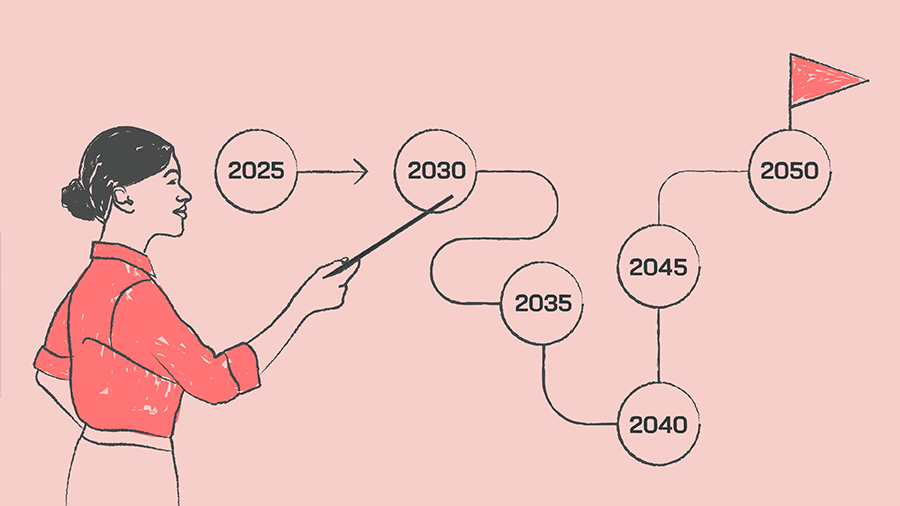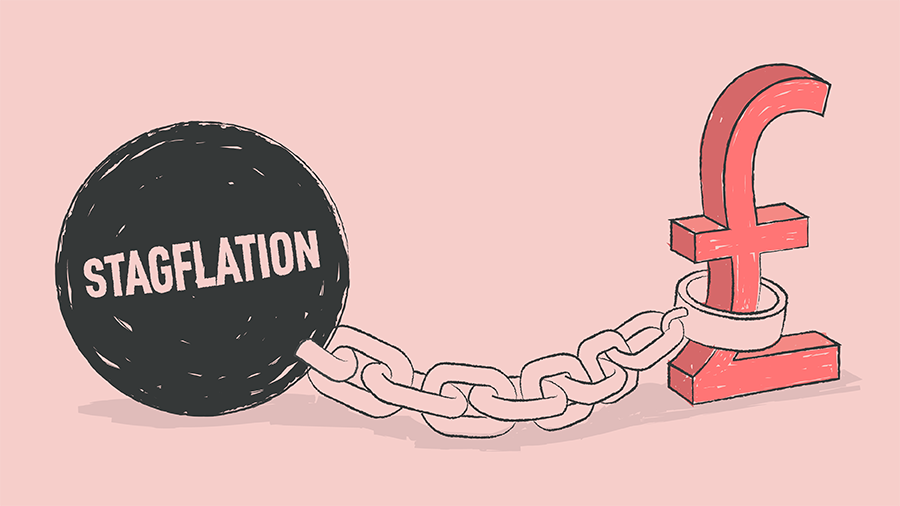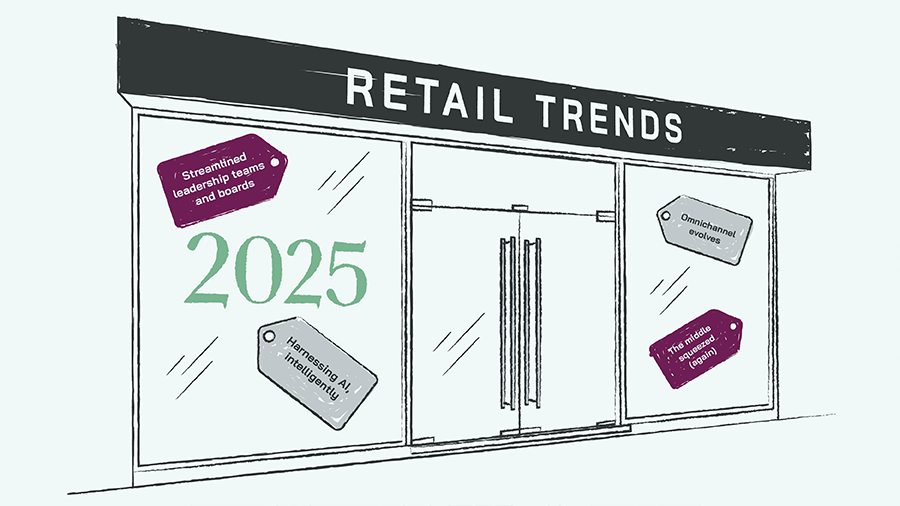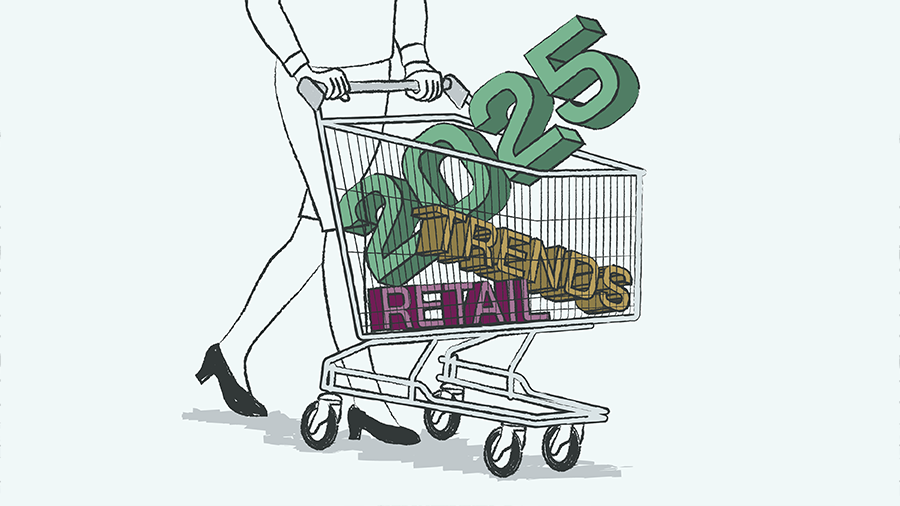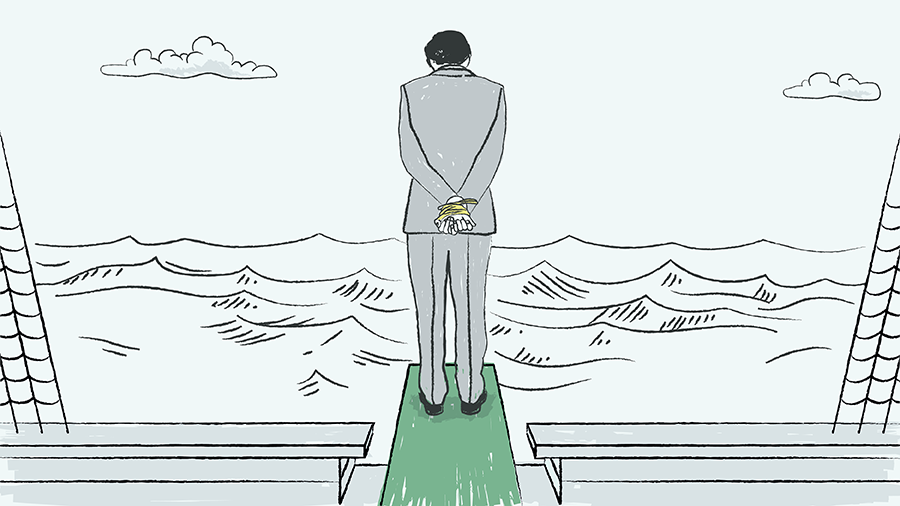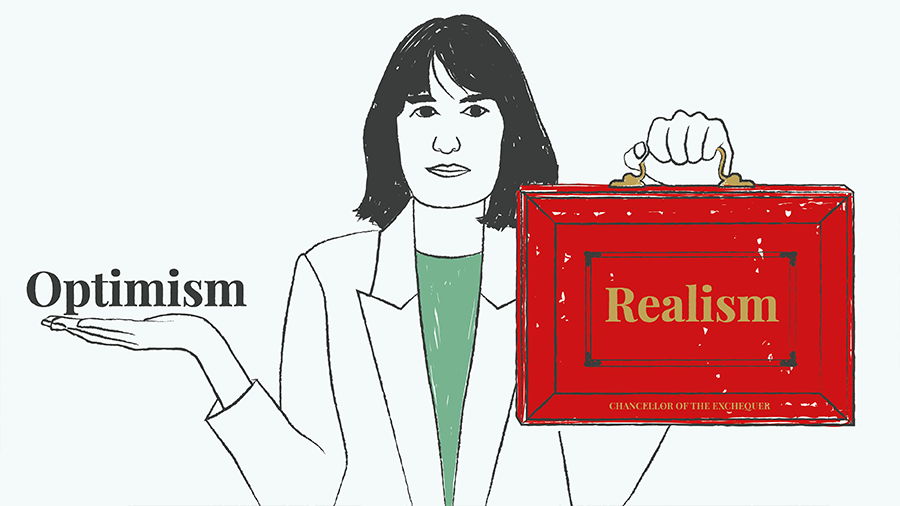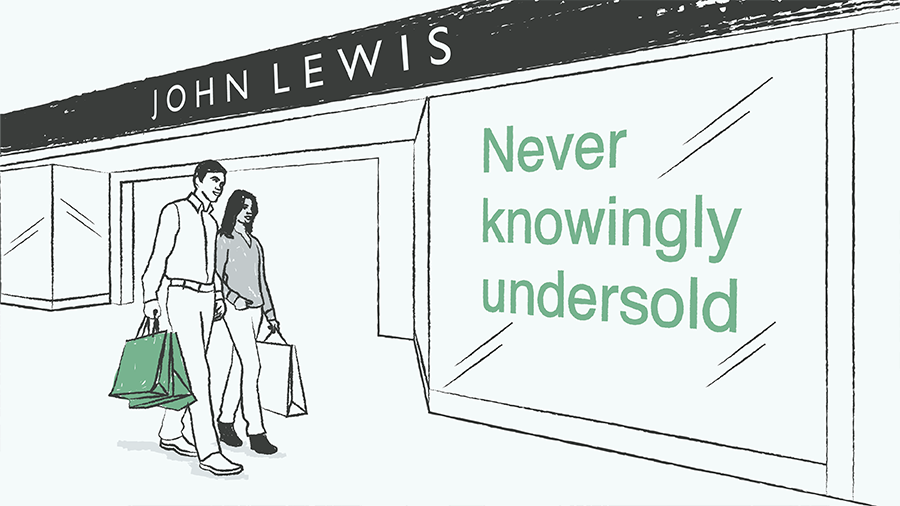It’s hard to watch a nature documentary these days without feeling just a little guilty. Rightly, David Attenborough and co no longer just show breathtaking, slo-mo HD videos of the natural world; they also show the extent to which we’re collectively trashing it.
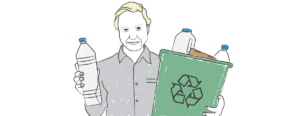
Plastic pollution is having a devastating effect on marine ecosystems, and is a particularly tricky problem for businesses, which – rightly or wrongly – are considered public enemy number one in the grand narrative of environmental harms.
I don’t know any leaders who are comfortable with the idea that this is someone else’s problem. No one wants their legacy to be “always made their quarterly guidance; let the environment burn”.
Going green isn’t always straightforward however. Eliminating plastic altogether from, say groceries, would massively increase food waste instead, while paper packaging in some instances may actually have a higher carbon footprint, owing to the extra weight and greater energy requirements to manufacture.
But that doesn’t mean there’s nothing businesses can do. For inspiration, we’ve collated some tried and tested ideas that are already making an impact.
1) Use less plastic
The easiest win for sustainability-minded firms is simply to use less plastic, often in lots of little ways. Shortly before the pandemic, for example, British Airways announced plans to cut 700 tonnes of single use plastics from its annual operations, with measures that include replacing plastic drinks stirrers with bamboo, ditching cellophane for paper wrapping around blankets and headphones, and finding alternatives to plastic cutlery.
Food producers like Cranswick have made their plastic packaging lighter, while Procter & Gamble has started selling refillable shampoo pouches as an alternative to bottles, which reduces plastic usage per millimetre by 60%. Other brands have pioneered the use of compostable packaging, the most exotic of which I’ve seen is grown from mushrooms.
A recent conversation with a CEO illustrated how important it is that you have someone on your team who’s really thought through the implications of these options. Some compostable packaging is made from maize starches, for example. If everyone used that, the CEO asked, then what would it do to the price of food in the developing world or – because the farming process is water-intensive – to water security? Similarly, if we use paper bags, will they be strong enough without adding a layer of wax to waterproof them, and if we do that are they then recyclable?
2) Use recycled plastic
The second most obvious way of cutting plastic waste is to use recycled plastic. The only challenge here is that recycled plastic isn’t quite as easy to come by as people might think.
Analysis by consultancy Eunomia suggests as little as 23% to 29% of plastic packaging waste in the UK is recycled, meaning that even if industry wanted to go fully recycled there wouldn’t be sufficient supply.
The reason is largely because recycling more difficult plastics is not always economically viable, particularly when the oil price is low, which reduces the cost of the fresh plastic alternative. But it’s also due to the fact that a substantial proportion of plastic put into recycling ends up being sent to landfill – at a cost to the recycling company – due to contamination with non-recyclables.
Businesses are still rightly making commitments to use more recycled plastic in their packaging however, something they’re able to because they have people who understand the big picture. Britvic, for example, has said that it will use 100% recycled plastic in its drinks bottles by the end of next year, while simultaneously providing a £5m investment support package to help recycling company Esterform build a state-of-the-art facility in the North East.
Meanwhile, in an industry first, Unilever announced that by the end of this year its Magnum ice cream tubs and lids would be made from recycled polypropylene – a low-grade plastic that previously couldn’t be recycled to a food-grade quality. It did this by working with diversified chemicals company SABIC to develop the technology to make it feasible.
3) Make your plastics recyclable
This is perhaps where businesses can have the biggest impact. A key reason for the widespread contamination of plastics sent to recycling centres is that, as a consumer, it’s often exceptionally difficult to figure out whether any or all of a spent package can actually be recycled.
Some types can be put in mixed recycling, while others need to be separated. Some need to be washed out, others don’t. The instructions on the packaging are often inadequate or simply difficult to see.
And that’s on businesses. If you care about meaningfully reducing plastic waste, then you need to make it easier for your consumers not to make the easiest decision just throw it away.
Partly this is about putting clearer disposal instructions on the packaging itself, but it also helps if more – or ideally all – of the packaging is recyclable. M&S for example stopped using black plastic packaging – which is difficult to recycle – in its food products. It also introduced points in its stores for customers to bring hard-to-recycle plastics, which are then converted to playground equipment. The company’s goal is that 100% of the plastics it uses will be recyclable one way or another by 2022.
Others like Costa coffee have paid incentives to recycling companies to collect used coffee cups – which can be recycled but at a higher cost, and which need to be kept separate from mixed recycling – as well as encouraging customers to bring their own reusable cups.
Like a lot of complex problems, plastic pollution won’t disappear overnight, but that doesn’t mean you shouldn’t at least try to chip away at it. Even a small change can have an impact, as these companies have shown.
The alternative doesn’t bear thinking about, and there’s little point waiting for governments to ride to the rescue. People know that businesses have the power to move the dial right now on plastic waste, and they should rightly take control of the agenda. It may take time, but with a concerted, joined-up effort and a little ingenuity, it is possible to make a difference.



